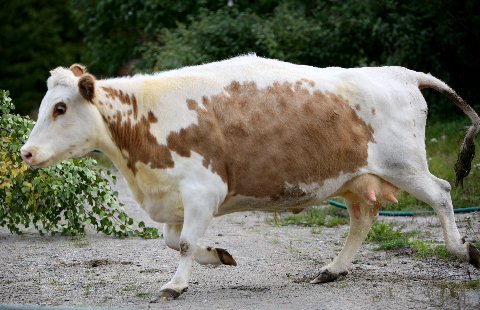.
It was clearly said in honey bee history that native bees almost died in Britain and new bee strains were brought.
Is it so unclear?
Isle of Wight Disease
or acariasis, a chronic infection caused by the tick Acarapis Woodi Rennie of the family Tarsonemidae.
First discovered in 1904 in one of the apiaries on the Isle of Wight (England), the disease is known in Europe and in the European part of the Soviet Union. The agent of acariasis was determined in 1920 by the Scottish professor J. Rennie and his coworkers. Initially the tick is located in the first pair of thoracic tracheae, near the base of the wing blade, and also in the abdominal, thoracic, and sometimes the cephalic flight sacs. In the thoracic trachea the tick multiplies and gradually spreads via the tracheae throughout the whole animal. The ticks quickly die outside the organism. The infection of a healthy bee occurs through direct contact with a sick one. The ticks do not infect eggs, larvae, or pupae of bees. Drones, workers, and foraging bees bring the disease into the hive. Even one infected family threatens the entirehive. Almost all species of bees are susceptible to acariasis.
The disease is not evident for the first 2–4 years after infection. After this period, when 50 percent of the bees in the hive may be infected, symptoms of the disease are well developed, particularly on the first day of spring flights. Sick bees rapidly crawl from the hive but cannot fly. In many of the bees the wings are folded incorrectly. An acariasis-infected colony develops weakly, and its productivity is decreased.
For precise diagnosis of the disease, 30–50 bees displaying clear symptoms of acariasis are sent to the veterinary laboratory from each infected hive. A volatile preparation—for instance, ether sulfonate—that is lethal to ticks is used; the treatment must be repeated periodically. However, to eradicate the disease fully all sick bees as well as all suspected cases must be eliminated from the hive. Preventive measures include thorough examination of the bees during the first spring flights and removal of suspected and infected bees for forwarding to a veterinary laboratory. If even one hive is infected, the entire apiary should be considered suspect. Quarantine is established on all apiaries within a 5–km radius of the contaminated hive. Sale of bees from the quarantine zone is forbidden. Honey, honeycombs, and wax from infected bees is not dangerous to man and healthy bees. Therefore, the sale and shipment of these products is permitted.













